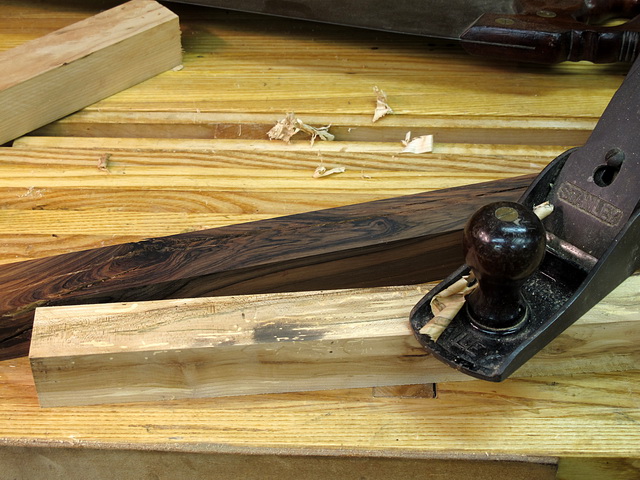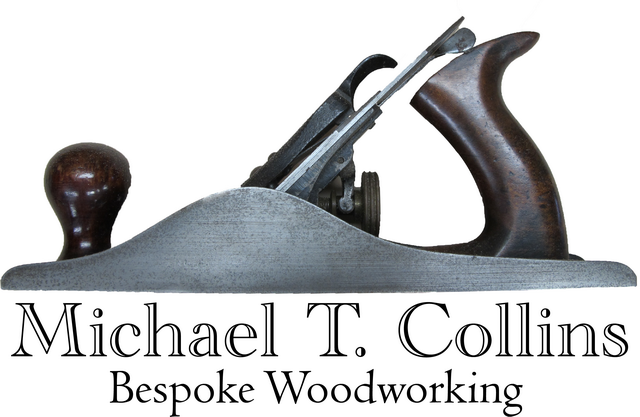 I have just finished a project that used Maple and some unknown wood – at first I thought it was walnut – it had that walnut smell when cut, but comparing it to a known piece of walnut revealed different characteristics. Time to consult The Wood Database… According to Eric Meier – the author of the book “…to look up an unknown wood, you use ‘identification keys’ — by asking a series of questions about the wood until you arrive at an answer. For example, question #1 might be: Is it a hardwood or softwood; if hardwood go to #2, if softwood, go to #3. Question #2 might be something like, if ring porous, go to #4, if diffuse porous, go to #5, and so forth. And then each progressive question narrows it down even further.” these are identification keys.
I have just finished a project that used Maple and some unknown wood – at first I thought it was walnut – it had that walnut smell when cut, but comparing it to a known piece of walnut revealed different characteristics. Time to consult The Wood Database… According to Eric Meier – the author of the book “…to look up an unknown wood, you use ‘identification keys’ — by asking a series of questions about the wood until you arrive at an answer. For example, question #1 might be: Is it a hardwood or softwood; if hardwood go to #2, if softwood, go to #3. Question #2 might be something like, if ring porous, go to #4, if diffuse porous, go to #5, and so forth. And then each progressive question narrows it down even further.” these are identification keys.
“The thing about keys, however, is that they are very complicated to write, and usually are based on only a specific geographical area. For instance, AJ Panshin’s book “Textbook of Wood Technology” has about the most comprehensive key I’ve seen to date and it was only written for temperate hardwood and softwood species of North America. I’ve heard of other keys for places like South America, Australia, etc. So – I could look at the density, and narrow things down. Starting with appearance/colour, this would immediately weed out the potential woods that were too heavy or too light, and finally use the end grain to confirm or deny the correct species.
Eric was very helpful and having exhausted descriptive detective work I sent him a few images – we are still trying to figure out whether it is a Pterocarpus species (i.e., padauk, narra, muniga, etc.) I am off to weigh it and compare with other known species and polish the end grain to get a better macro shot. If you think you know what it is drop me a line.

